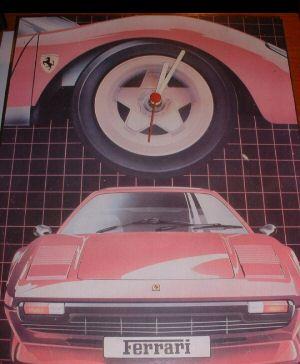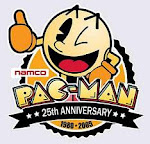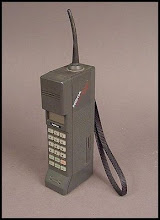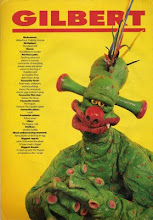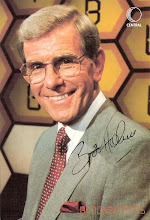 "Baby look at me and tell me what you see..." We see Doris on the cover of an October 1982 Look-In magazine, which contained an invitation for readers to meet the kids from Fame in an EXCLUSIVE INTERVIEW! "You ain't seen the best of me yet, give me time I'll make you forget the rest..."It had all started as a film in 1980, but now, in 1982, we got Fame the TV series, and Fame fever struck! The series helped start a major fashion trend - transforming leg warmers from useful but boring garments into high fashion. Yes, they were worn on the streets in high summer."You want fame? Well, fame costs. And right here's where you start payin' - in sweaty ankles..."
"Baby look at me and tell me what you see..." We see Doris on the cover of an October 1982 Look-In magazine, which contained an invitation for readers to meet the kids from Fame in an EXCLUSIVE INTERVIEW! "You ain't seen the best of me yet, give me time I'll make you forget the rest..."It had all started as a film in 1980, but now, in 1982, we got Fame the TV series, and Fame fever struck! The series helped start a major fashion trend - transforming leg warmers from useful but boring garments into high fashion. Yes, they were worn on the streets in high summer."You want fame? Well, fame costs. And right here's where you start payin' - in sweaty ankles..." Here's a newspaper advertisement for Fame, the 1980 film, available on Video 2000 in 1982.Video what?! Yes, we didn't only have Betamax and VHS to confuse us. Perhaps it was a good job that video machines were too expensive for many of us!
Here's a newspaper advertisement for Fame, the 1980 film, available on Video 2000 in 1982.Video what?! Yes, we didn't only have Betamax and VHS to confuse us. Perhaps it was a good job that video machines were too expensive for many of us!
 Fame, the TV series, was first shown by the BBC on Thursday, 17/6/1982.From the Daily Mirror, 31/12/1982:The Kids from "Fame" faced up to the consequences of their phenomenal showbiz success yesterday. They were hemmed in by a crowd of fans and photographers at their London hotel.The singing, dancing, music-playing kids, including Debbie Allen and Lee Curreri, came smiling through as they do in their TV shows.
Fame, the TV series, was first shown by the BBC on Thursday, 17/6/1982.From the Daily Mirror, 31/12/1982:The Kids from "Fame" faced up to the consequences of their phenomenal showbiz success yesterday. They were hemmed in by a crowd of fans and photographers at their London hotel.The singing, dancing, music-playing kids, including Debbie Allen and Lee Curreri, came smiling through as they do in their TV shows.It was their first night off during a ten-day British tour.
But they were given no time to relax at their hotel when the cameras clicked and they were questioned by a group of children for an ITV programme.
One youngster asked Debbie, who plays teacher Lydia Grant in the series: "What do you do if you want to be a dancer?"
The answer: "Just jump into it and work, work, work."
Then, without further ado, Debbie led Lee Curreri, who plays keyboards ace Bruno Martelli, and the rest of the cast back to rehearsals and work, work, work.
Claire, my little sister, was a Fame devotee well before the end of the year. My diary entry for 8/9/1982 reads:
Claire has gone bats on "Fame". I'm going bats listening to her rambling on and on about it. There's going to be trouble if this keeps up.
 From the Sun, July 28, 1986:
From the Sun, July 28, 1986:


















